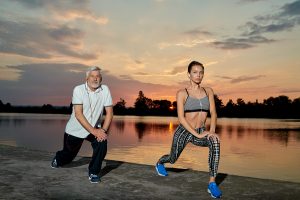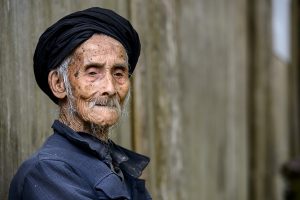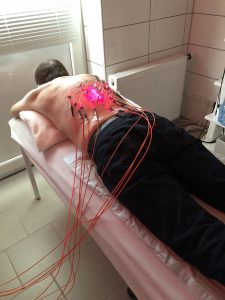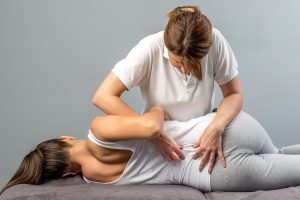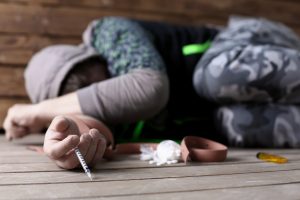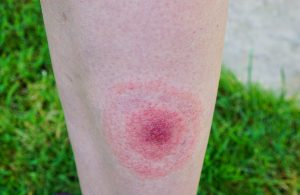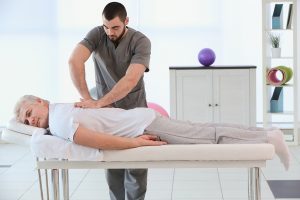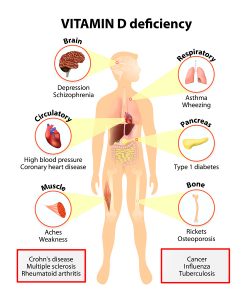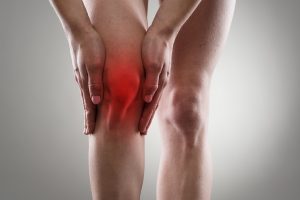In a health article CNN reported about exercise for different age groups.
Exercise has profound positive effects on the body. First it strengthens the lungs and the heart. Secondly, it conditions your muscles. Thirdly, exercise can protect you from chronic diseases like heart disease, type 2 diabetes and many cancers. Each age group needs different exercises, as follows.
Growing up years
During childhood exercise helps to grow healthy bones, regulate weight and build up self-confidence. In addition the child sleeps better, when exercise is part of the course of the day. Children should try out various sports. They should learn how to swim and how to handle a ball. They should also play in playgrounds together with other kids. Several studies have shown that during the teen years exercise levels decline steadily, particularly for girls. Especially during the teen years regular exercise builds a healthy body image and helps adolescents to manage stress and anxiety. Parents should encourage teens to keep one team sport regularly. For those who are not into team sports, swimming and any kind of sport is a good substitute.
Exercise for different age groups: in your twenties
In your mid twenties you are at the highest performance level in your life. You have the fastest reaction time and your heart pump capacity is the highest. Exercise physiologists measure this by an expression, called VO2 max. This value decreases each year by 1%. Your reaction time also decreases every year. The good news is that you can slow down the decline by exercising regularly for the rest of your life. If you train your body regularly during this time, your lean body mass will be preserved and your bone density will stay dense until your later years. To make it more interesting, vary your training with various sports.
If you are a regular exerciser, talk to a trainer about interval training, which intermittently pushes your exercise limit to the maximum. This type of training releases human growth hormone from your pituitary gland. The effect of this is that you increase your stamina and endurance. It also builds up lean muscle mass, decreases body fat content and provides you with more energy.
Exercise for different age groups: in your thirties
Family life and stress at the job can be a reason that you forget about exercise. But right now there is a particular need to maintain a regular exercise program. You may want to get up early, work out at a gym and go to work from there.
Some employers encourage those who work at a desk to get up every 30 minutes and have a brief exercise break for only 2 or 3 minutes. There are computer programs that show you what to do and all you have to do is copy what you see on the screen. Keep good posture while you sit. When you need a rest room break, you may decide to use the rest room downstairs. This gets you to climb some stairs and use the muscles that were resting when sitting at the desk.
As already outlined for those in the twenties, high-intensity interval training is a tool where you can exercise for only 20 minutes intensely. You do a burst of maximum exercise that brings you up to 80% of your maximum heart rate. This can be done cycling or sprinting and is alternated with low intensity exercise.
Women should do Kegel exercises (pelvic contractions) following labor to prevent incontinence.
Change exercises around to keep them interesting.
Exercise for different age groups: in your forties
This is the time when a lot of people put on extra weight. Resistance training is a way to counteract this by burning fat and preventing the loss of 3-8% of muscle mass per decade. As this link shows, 10 weeks of resistance training increases muscle mass by 3 pounds (1.4kg), increases the resting metabolic rate by 7% and decreases fat by 4 pounds (1.8kg). Exercise machines in gyms or Pilates equipment in Pilates centers will give you this type of training.
Exercise for different age groups: in your fifties
Many people develop joint aches when they are fifty and older. Also, chronic diseases like heart disease, type 2 diabetes and others are starting to get more frequent. In postmenopausal women, where estrogen is on the decline, heart disease is getting more common. Bioidentical hormone replacement can reverse these problems. Strength training twice a week will counter muscle loss that you would get otherwise without any regular exercises. Do weight-bearing exercises like a fast walk where you breathe a bit faster and where you break out into a sweat. This will make your bones and muscles stronger and prevent osteoporosis. Tai Chi, yoga and Pilates are all exercises suitable for this age group.
Exercise for different age groups: in your sixties
This age group is characterized by the fact that multimorbidity is getting more prevalent. People often have mental and physical illnesses. Or they have diabetes and heart disease. They often are on multiple drugs for various conditions. Aging is also a strong risk factor for developing many cancers. But regular exercise can prevent many cancers. For instance post-menopausal breast cancer, colon cancer and cancer of the womb are cancers that can be prevented to a certain extent with regular exercise. Heart disease and type 2 diabetes will also largely improve with regular exercise.
Physical exercise tends to decline in this age group for various reasons. Some reasons are obesity, various diseases that make individuals more sessile and general disability. It is important to resist this trend as much as possible. Take ballroom dance lessons and join the dancing community. Any other dance type (Latin, Bachata, Salsa, Kizomba, Argentine dancing etc.) is good exercise and enjoyable as well. It is a fun way to socialize and exercise at the same time. Aqua-aerobics is a great way to keep your joints and muscles in good shape. People with arthritis will tolerate this. Use brisk walking to maintain your cardiovascular fitness. Do strength and flexibility exercises twice per week to maintain your muscle mass and your balance.
Exercise for different age groups: in your seventies and beyond
Frailty and falls are common in the 70’s and 80’s. Many fractures are happening needlessly. Keep exercising regularly and your muscles will be strong enough to prevent falls. Walk and talk with friends instead of sitting around a table. It is good for your friends to walk as well. If you have several chronic conditions, talk to a physiotherapist or exercise professional what type of exercises you should do. You need some strength, balance and cardiovascular exercises. Enlist the help of a trainer. Sustained exercise is what benefits you most. Think of brisk walks, swimming and aqua-exercises.
Conclusion
We are born to stay active. Movement is life. As long as we live, we need to do regular exercise. This way a lot of chronic diseases will be prevented and even many cancers as well. I have summarized that for different age groups there are different activities that are appropriate. But the key in all age groups is to move and keep your lean muscle mass from shrinking. As explained, this will automatically make you also lose a few pounds. Strength exercises (also called resistance exercises) are the key to achieving this. When you get older, you are not exempt from exercising. Now even more than before your well being depends on exercising regularly. You want to prevent osteoporosis, falls and fractures. You want to avoid chronic diseases, heart disease and diabetes, and exercise is one valuable key to achieve this.
